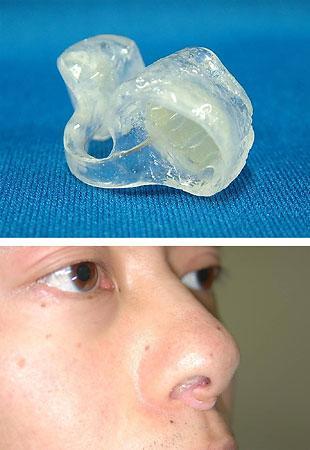Sapporo Breweries has begun selling six-packs of the world's first "space beer" brewed with barley descended from seeds that spent time in space.

For now, only 250 six-packs of the beer, which Sapporo calls “Space Barley," are available for purchase. Customers will be selected at random from those who apply through the Space Barley website before December 24.
The barley used in the beer is the fourth-generation offspring of seeds that spent five months aboard the International Space Station in 2006 as part of research that Sapporo conducted with the Russian Academy of Sciences and Okayama University. The aim of the research was to study the adaptability and life cycle of barley in zero-gravity and to explore the challenges of achieving self-sufficient food production in space.
Space Barley beer has a mellow flavor and slightly dark color reminiscent of deep space, according to Sapporo. The six-packs are priced at an astronomical 10,000 yen ($110), but Sapporo will donate the profits to Okayama University, who will use the funds to promote science education for children and foster the development of space science research in Japan and Russia.
[Links: Space Barley website, Sapporo press release]

 On June 20, an Okayama University team of researchers led by Professor Shogo Minagi unveiled a nasal airflow regulator designed to alleviate voice loss such as that which sometimes occurs after a stroke.
On June 20, an Okayama University team of researchers led by Professor Shogo Minagi unveiled a nasal airflow regulator designed to alleviate voice loss such as that which sometimes occurs after a stroke.